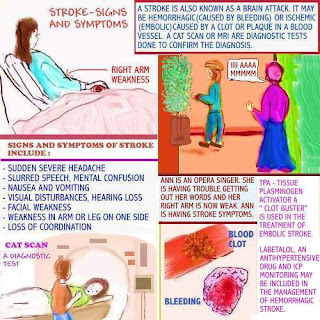CHEST PAIN - ASSESSMENT, DOCUMENTATION AND INTERVENTION
has been added below.
 Chest pain should always be assessed!
Chest pain should always be assessed!happening in the emergency Room. Always follow your
There are many responsibilities.
- giving clear instructions to coworkers
- ensuring that MD orders are conveyed correctly
interventions that take place ( defibrillation for example)
- the nurse becomes the " binding force
of a previous myocardial infarction. She was admitted 2 days
ago with mild chest pain. She was resting comfortably when
she suddenly started feeling short of breath. She is anxious
and calls the nurse.
What actions did the nurse take?
-The nurse reassures Mrs. R. She does an assessment, vital signs
, and oxygen saturation. She gives oxygen per protocol.
assessment findings. She also mentions the vital signs, low
oxygen saturation, and steps that were taken to correct the
saturation. The doctor gives further orders, including a
transfer to CCU.
It must be remembered that a patient with heart damage
will also experience chest pain. Assessment of the pain
should also be included. This may be sharp, with radiation
to the shoulder /jaw, or it may feel like chest pressure.





















 Dear nurses,
Dear nurses, 
